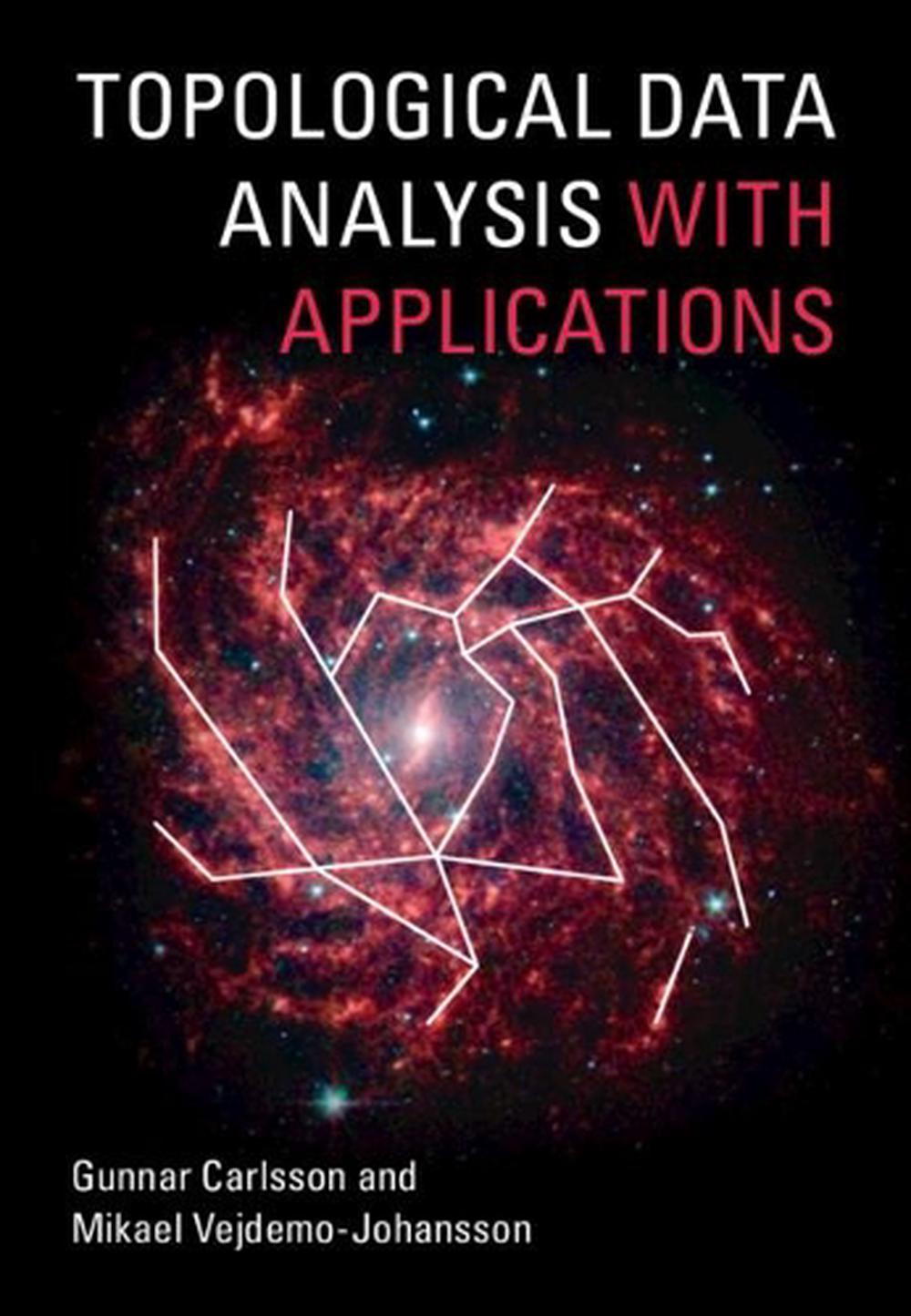
Topological Data Analysis with Applications
$102.80
- Hardcover
230 pages
- Release Date
16 December 2021
Summary
Unveiling Data’s Hidden Shapes: An Introduction to Topological Data Analysis
The explosion of massive datasets demands innovative modeling and analysis techniques. This book introduces Topological Data Analysis (TDA), a powerful method that models data using geometric objects like graphs and simplicial complexes.
We provide the necessary foundation in topology and data philosophy for beginners, while also delving into advanced concepts for experienced learners. You’ll explor…
Book Details
| ISBN-13: | 9781108838658 |
|---|---|
| ISBN-10: | 1108838650 |
| Author: | Gunnar Carlsson, Mikael Vejdemo-Johansson |
| Publisher: | Cambridge University Press |
| Imprint: | Cambridge University Press |
| Format: | Hardcover |
| Number of Pages: | 230 |
| Release Date: | 16 December 2021 |
| Weight: | 580g |
| Dimensions: | 251mm x 175mm x 16mm |
What They're Saying
Critics Review
‘It is self-contained, and an understanding of only basic undergraduate-level math is required … One of the book’s strengths is its synthetic way of combining abstract theory with the practical sides of the topics discussed. The authors do a great job of making the material accessible to readers with varying levels of math background. The content is introduced step-by-step, beginning with the fundamental topological concepts.’ Jacek Cyranka, MathSciNet
About The Author
Gunnar Carlsson
Gunnar Carlsson is Professor Emeritus at Stanford University. He received his doctoral degree from Stanford in 1976, and has taught at the University of Chicago, University of California, San Diego, Princeton University, and since 1991 at Stanford University. His work within mathematics has been concentrated in algebraic topology, and he has spent the last 20 years on the development of topological data analysis. He is also passionate about the transfer of scientific findings to real-world applications, leading him to the founding of the topological data analysis-based company Ayasdi in 2008.
Mikael Vejdemo-Johansson is Assistant Professor in the Department of Mathematics at CUNY College of Staten Island. He is the chair of the steering committee for the ATMCS conference series and runs the community web resource appliedtopology.org.
Returns
This item is eligible for free returns within 30 days of delivery. See our returns policy for further details.




